Blog
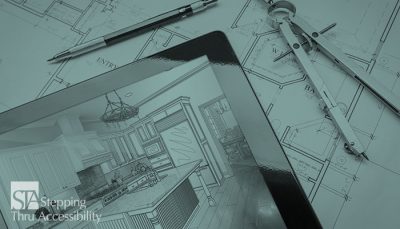
Kitchen Design Considerations for Aging in Place
When remodeling a kitchen, what are some issues you might consider? We generally think of the appliances and locations, and then the countertop material and color. But there are additional items to consider if this is your forever home or if this is the one and only kitchen remodel you are thinking to do. So what are some issues to consider so the kitchen is useful as you age along with your house?
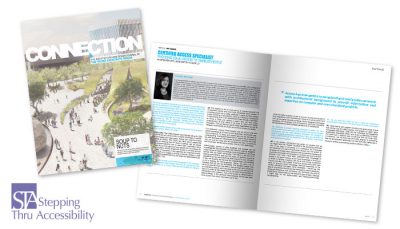
What is a Certified Access Specialist (CASp)? Interview of Janis Kent in Connection Magazine
I have been asked many times, what is a CASp (Certified Access Specialist program) and why is this program necessary. What I have found over the years is that Accessibility has become so complex, not only in the scoping and technical aspects but also which regulations apply. Typically this has been in the realm of architects, but determining which regulations and how to apply them many times depends upon money sourcing and whether it is a program of a public entity or a federal agency.

The Lavatory — Clear Floor Spaces, Reach Ranges, & Protruding Objects
Lavatories have some of the more involved clearances below which impact reach ranges above. The question of why is this important to understand might be arising in your thoughts. The answer is the impact on the location of faucet controls, soap dispensers, and any other built-in items including electrical outlets and switches.
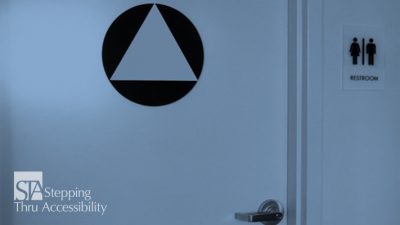
Single User Toilet Rooms in California
Earlier this year a law was passed in California stating that all single user toilet rooms are to be unisex — in other words we will no longer have a men’s restroom or a women’s restroom for one user. Since the rooms are required to have privacy locks they can now be used by either sex.
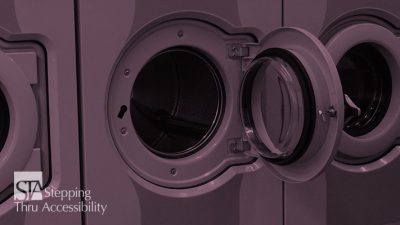
Washers & Dryers, and Access
This is a relatively simple topic, but I have seen a number of new facilities where these are not specified or installed in a compliant fashion. The ADA standards does not require all of the machines to be accessible. In each accessible space, one minimum is required to be accessible for a dryer and one for a washing machine. And if there are more than 3 washers or 3 dryers, then two are required to be accessible of each. This is applicable whether it is in a laundromat, or a common space laundry room for public residential dwelling units, or student housing at a place of education, or social service center establishment sleeping rooms, or a mobility feature dwelling unit.

Sinks, Sinks, Sinks, and Lavs – What needs to be done?
Sinks have many differing requirements depending upon how they are being used including types of approach, cabinetry below or not, and even the number required to be accessible. Following is a summary of different sink types and their uses that will hopefully shed some light on the issue and requirements for each.
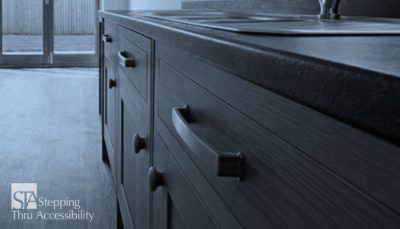
Counters, Cabinetry, & Hardware
One of the things that we may not pay too much attention to is counters – whether kitchens, kitchenettes, service, or work surfaces. Depending on the set up, we have either a side/parallel approach, or if we have knee/toe clearance below we can have a front approach. And certain portions actually require a front approach.

Electric Vehicle Charging Stations (EVCS) & Access
As Electric Vehicles become more prevalent, the question comes up of what to do to make them accessible and even whether or not they are required to be accessible. Although not specifically mentioned in the ADA Standards, the prevailing requirement in the implementing regulations requires a measure of access for all. So if an element is available to the able-bodied population, then it should also be available for those with a disability. Since there are no scoping and technical requirements what do you do?

Path of Travel Considerations – for the Deaf Community & Others
One of the things we learn as designers and architects is how to organize, design, and incorporate way-finding thru axis and focal points. We learn about the more formal architecture with its linear and direct arrangements of space versus the informal with its cluster arrangements and less direct connections. We also learn much more about design for the mobility impaired. Since mobility issues directly affect the architectural environment, it is better defined in building codes and federal regulations with a multitude of requirements. For the Deaf Community – which is an inclusive term for those who might be fully deaf to hard-of-hearing and communicate by signing, lip reading, and/or using technology devices – we generally think in terms of placing visual alarms or sound attenuated devices, since this is what is required, and mostly for interior environments.

The Doorbell – Transient Lodging & Dwelling Units
Doorbells have a variety of requirements with the implementation of the 2010 ADA Standards. This would be within communication feature units both for transient lodging guest rooms as well as for dwelling units. These features are for people who are deaf or hard of hearing, and blind or partially sighted.